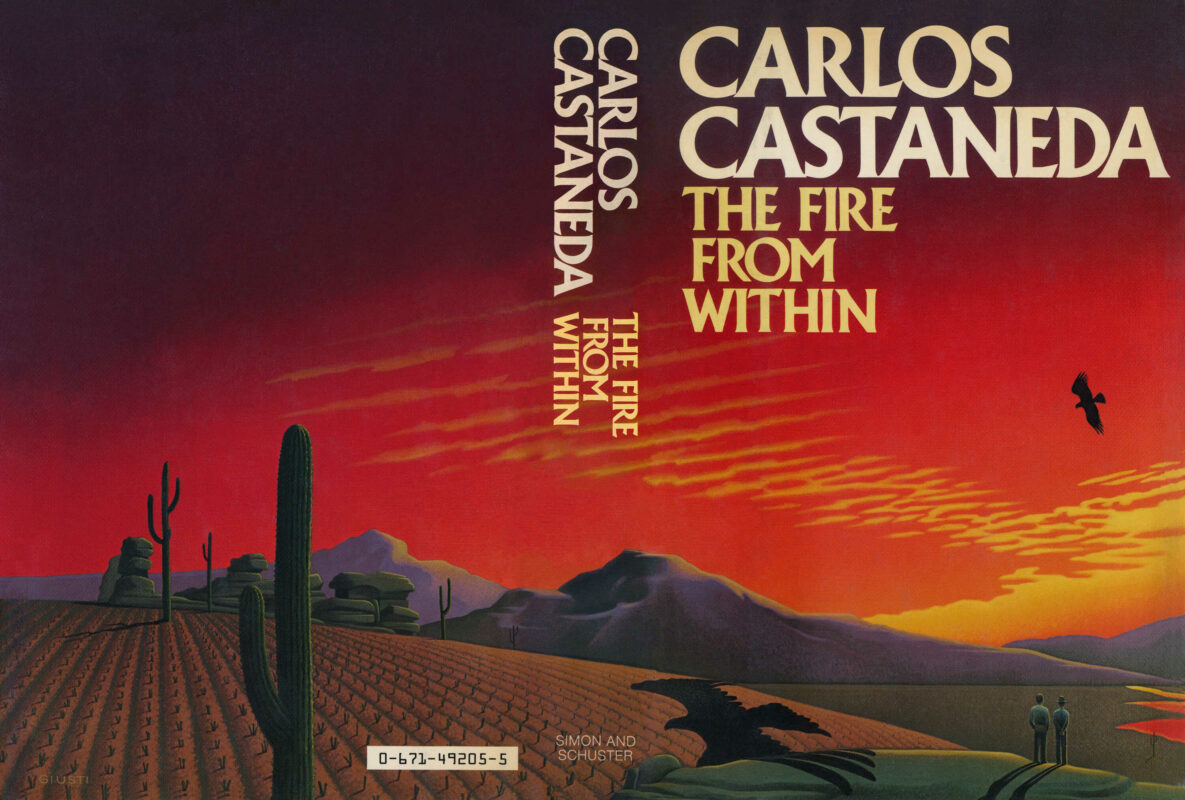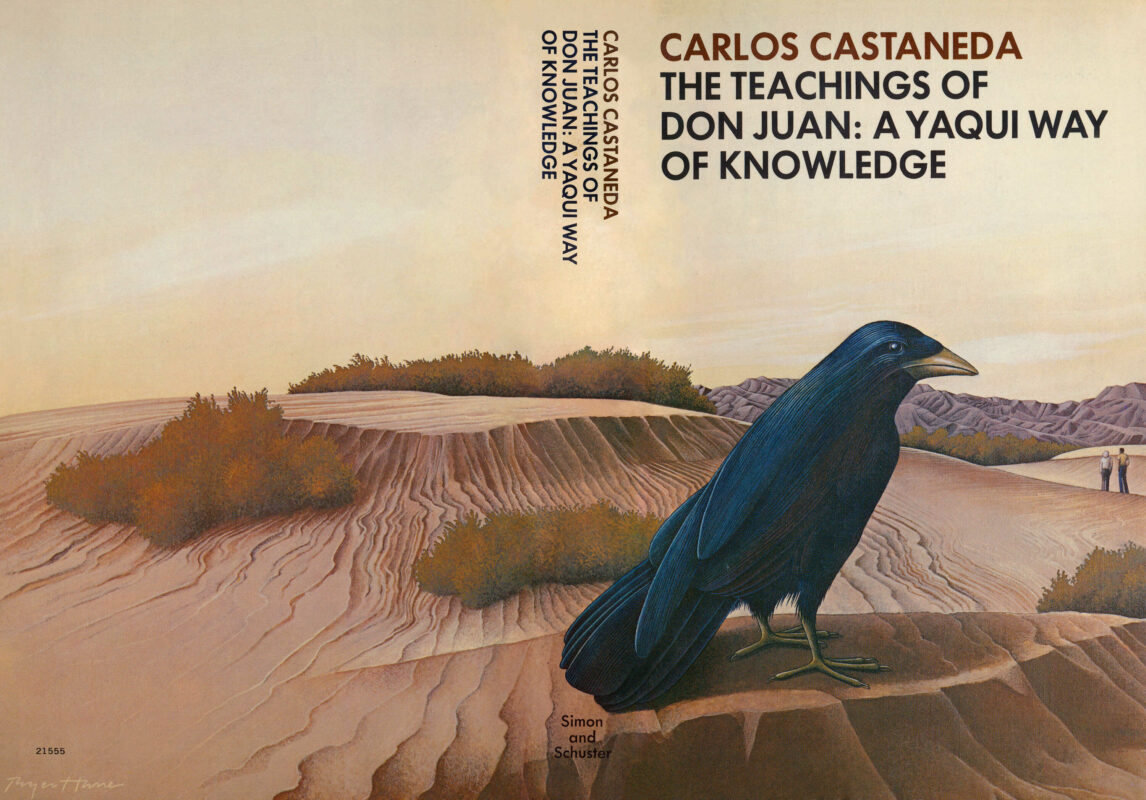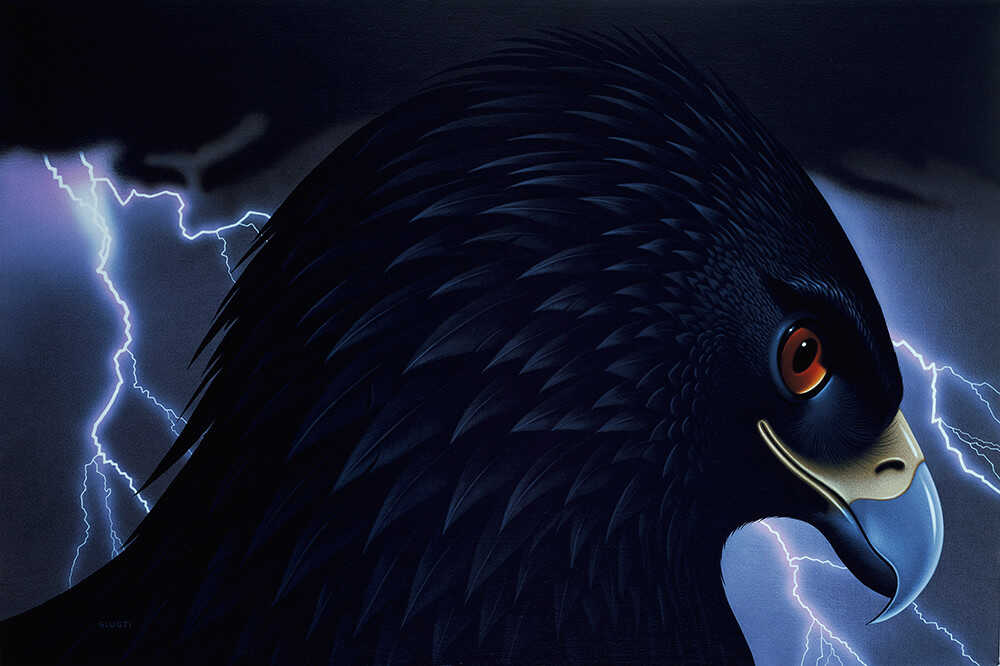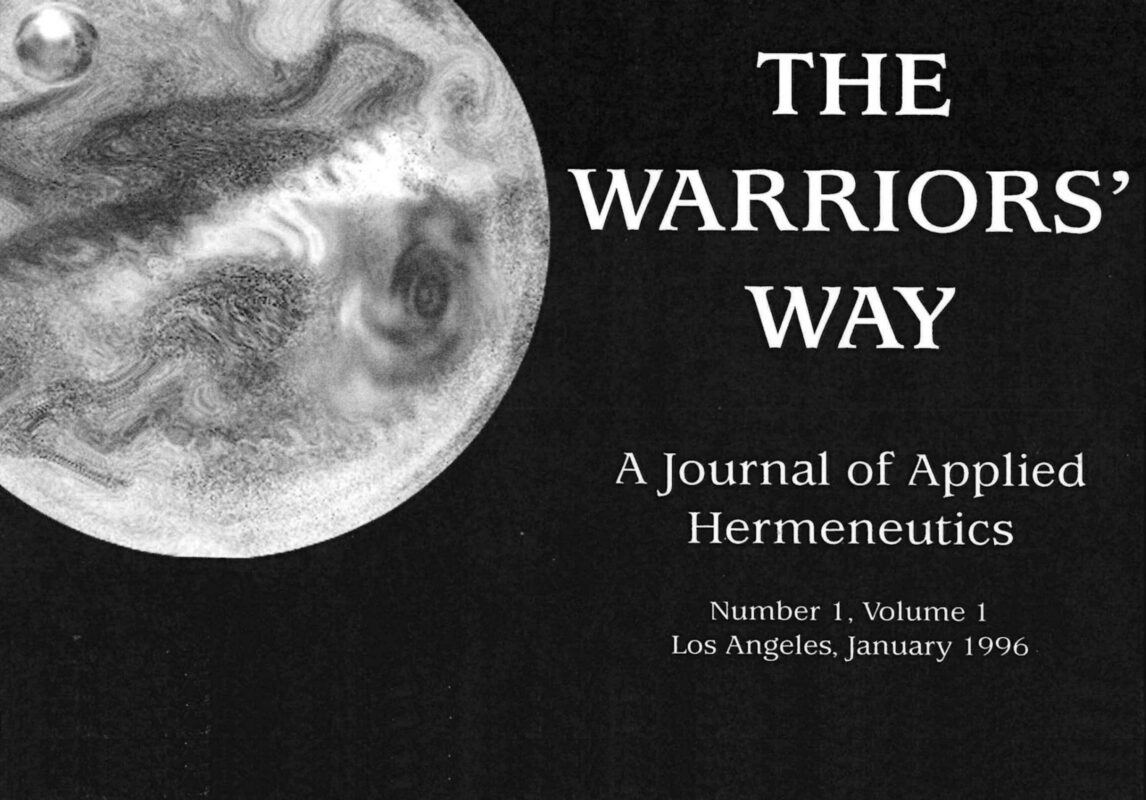The Mold of Man – The Fire from Within
Don Juan concludes his explanation of the mastery of awareness by assigning Castaneda the task of breaking the barrier of perception unaided, emphasizing that failure would render his learning mere words. He explains the barrier as a “wall of fog” and the importance of an internal dialogue-free state for the assemblage point to move. The true key to shifting the assemblage point, don Juan reveals, is the mastery of awareness itself, which frees the point by discarding one’s inventory. He then instructs Castaneda to see the mold of man, a crucial step to release all ties from his assemblage point. Castaneda recalls a previous experience of seeing the mold of man as a radiant light and a masculine deity, a “chance seeing” that don Juan clarifies is a “static prototype of humanness without any power.” He struggles with the sacrilegious implications but is ultimately swayed by a direct experience of the mold as an infinite, amber light, feeling profound, selfless affection. Don Juan explains that such shifts, especially those induced by power plants, highlight the provisional nature of perception. He clarifies that seeing the mold as a man is a lateral shift, while seeing it as light (which Castaneda achieves independently) signifies a deeper, more significant shift in the midsection of man’s emanations, leading to a profound, unbiased understanding of its true nature as a pattern, not a creator.



